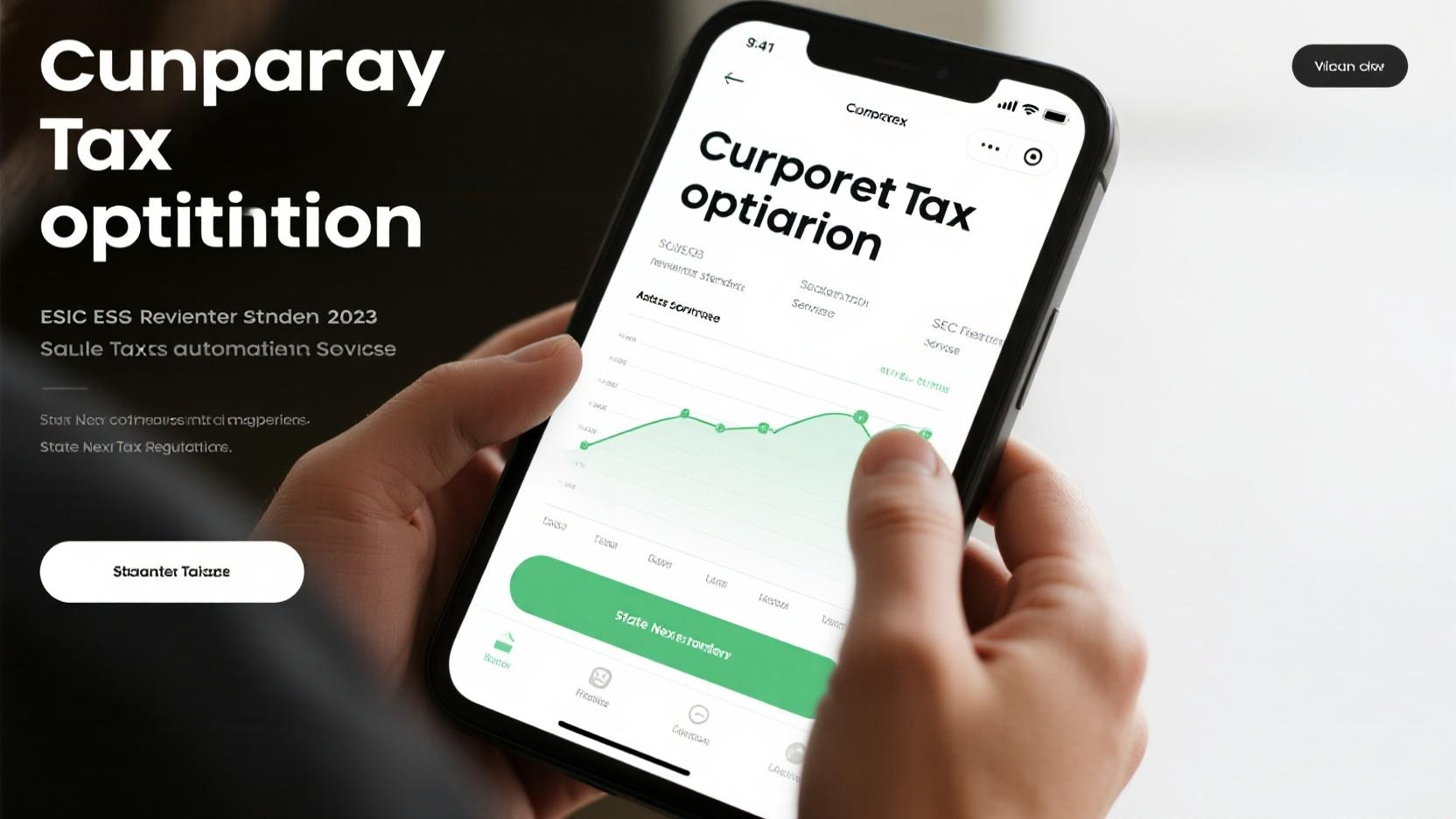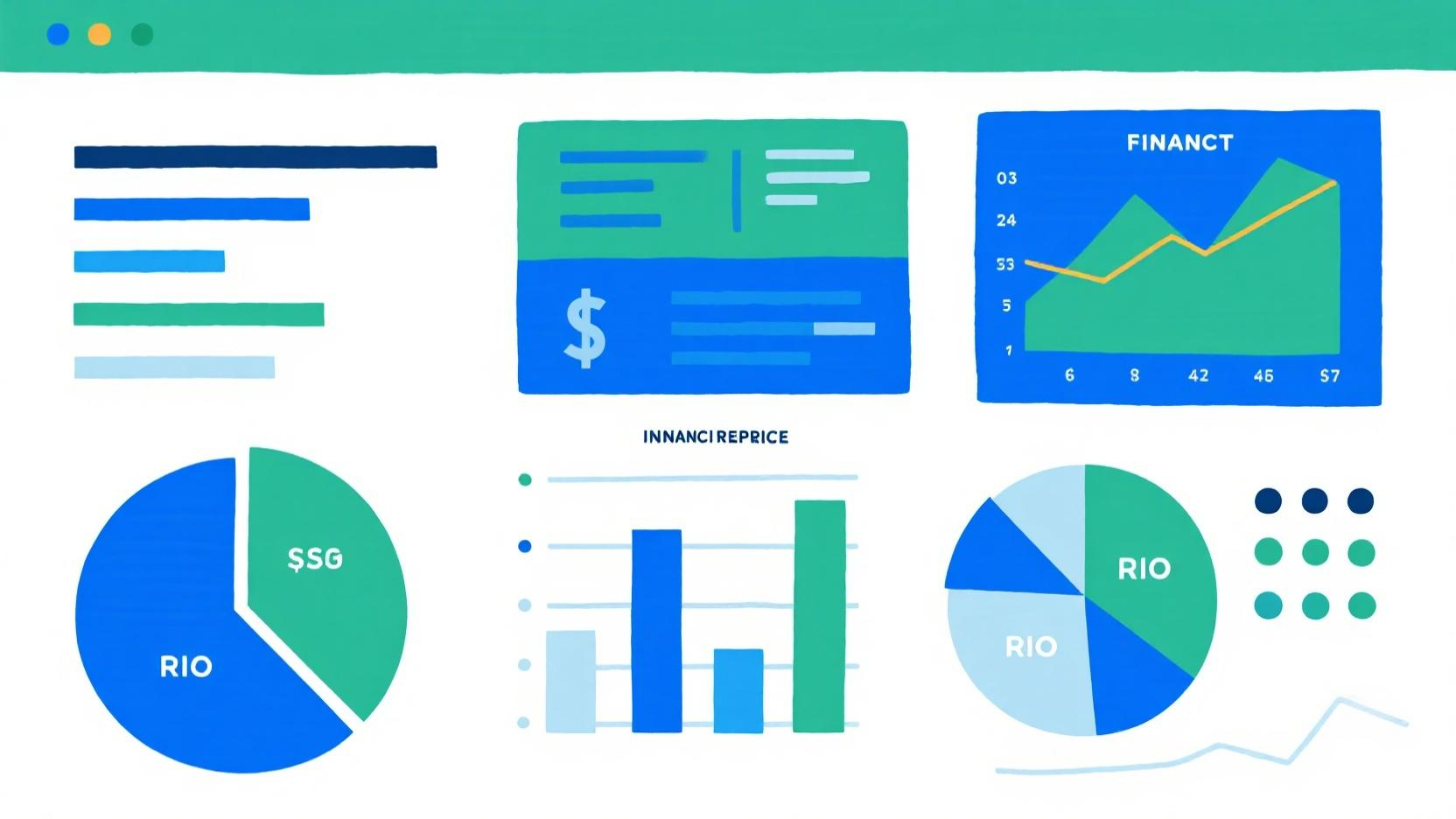Image Source: unsplash
Understanding how to assess your company’s financing needs and debt service capacity is crucial for maintaining financial stability. Financing needs refer to the funds required for business operations or growth, while debt service capacity measures your ability to repay debts. Learning how to assess company’s financing needs and debt service capacity involves using tools like the Debt Service Coverage Ratio (DSCR), which calculates cash flow divided by debt payments to determine how easily debts can be managed. Additional metrics such as EBITDA and debt-to-equity ratios provide further insights into your company’s financial health.
📊 Key Metrics for Financial Assessment:
Metric Type Description EBITDA Earnings Before Interest, Tax, Depreciation, and Amortization; higher levels mean more debt capacity. Debt-to-Equity Ratio Shows the balance between debt and equity in a company’s funds. Cash Flow Metrics Includes total debt-to-EBITDA and interest coverage ratios, key for checking debt payments.
By understanding how to assess company’s financing needs and debt service capacity through these tools, you can make informed decisions and ensure your company remains financially strong.
Key Takeaways
- Know how much money your business needs to run and grow. This helps you borrow smartly and use money well.
- Check your Debt Service Coverage Ratio (DSCR) often. A DSCR over 1.2 means you can handle debt payments well.
- Look at financial statements to check your company’s health. Study income, balance sheets, and cash flow to borrow wisely.
Key Ideas in Understanding Financing Needs and Debt Service Capacity
What Are Financing Needs?
Financing needs are the money your business requires to run or grow. These needs can come from things like buying equipment, expanding, or handling seasonal cash shortages. Knowing your financing needs helps you figure out how much money to borrow. It also ensures you use your resources wisely. For instance, if you want to expand, you might need a loan to pay for costs upfront while waiting for future income.
💡 Tip: Match your financing needs with your goals to avoid borrowing too much or too little.
What Is Debt Service Capacity?
Debt service capacity shows how well you can repay loans, including interest. It reflects your company’s financial strength and how much debt you can handle safely. A key measure is EBITDA (Earnings Before Interest, Tax, Depreciation, and Amortization). Higher EBITDA means you can better handle debt payments. Other factors also affect debt capacity:
- Loan purpose: Using loans for specific needs, like buying assets, lowers risk.
- Loan term: Longer terms make payments easier to manage.
- Loan security: Offering collateral makes lenders more willing to lend.
Why These Ideas Matter for Business Success
Knowing financing needs and debt service capacity is key to success. Understanding your debt limits helps you borrow wisely without risking your finances. Companies with extra capacity can borrow for growth, while those at their limit should focus on paying debts. Experts suggest keeping senior debt below three times your EBITDA for safety. By learning these ideas, you can plan growth and handle challenges confidently.
Metrics and Formulas for Financial Assessment

Image Source: pexels
Debt Service Coverage Ratio (DSCR)
The Debt Service Coverage Ratio (DSCR) shows if your company can pay its debts. You calculate it using this formula:
DSCR = Net Operating Income / Total Debt Service
Net Operating Income is the money left after paying business costs. Total Debt Service includes all debt payments, like interest and principal. A DSCR over 1 means you earn more than you owe, which is good. For example, a DSCR of 1.5 means you make 1.5 times the money needed to pay debts. Watching this ratio helps you decide if you can borrow more or need to lower debt.
💡 Tip: Keep your DSCR above 1.2 to handle surprise costs easily.
Debt-to-Equity Ratio
The Debt-to-Equity Ratio compares your company’s debt to its equity. It shows how much of your business is funded by borrowing versus ownership. A smaller ratio means less risk and better financial health. Here’s why it matters:
- It tells you how much debt versus equity funds your business.
- Lenders and investors check it to see your risk level.
- A good ratio attracts investors and supports steady growth.
In most industries, a ratio under 2 is safe. Checking this often helps keep your finances balanced.
EBITDA and Its Role in Debt Analysis
EBITDA (Earnings Before Interest, Taxes, Depreciation, and Amortization) shows how much money your company makes before extra costs. It’s useful for seeing how well you can handle debt. Here’s why EBITDA is important:
- It shows how much money you can use to pay debts.
- Higher EBITDA means you can manage more debt.
- Steady EBITDA shows stability, while big changes mean more risk.
Lenders use the Debt/EBITDA ratio to check if you’re creditworthy. A lower ratio means your finances are stronger. Comparing this with others in your industry shows how well you manage debt.
By using these tools, you can understand your company’s financing needs and debt capacity. These metrics help you stay financially healthy and plan for growth wisely.
How to Assess Company’s Financing Needs and Debt Service Capacity
Looking at Financial Statements
To figure out your company’s financing needs, check financial statements. These papers show how your business is doing financially. Start with the income statement to see earnings, profits, and costs. Next, look at the balance sheet to find assets, debts, and equity. Lastly, review the cash flow statement to see how money comes in and goes out.
Use simple numbers to check profits, savings, and spending. For example, find your current ratio to see if you can pay short-term bills. Check your net profit margin to know how much money you keep after costs. This helps you understand your finances before borrowing or investing.
📌 Pro Tip: Check financial statements often to catch problems early.
Planning for Future Money Needs
Planning ahead helps you grow and avoid running out of cash. Use tools like Budgyt or Datarails to predict cash flow and balances. These tools are easy to use and give quick updates. For bigger plans, tools like Oracle Hyperion or IBM Planning Analytics use AI to predict and model scenarios.
You can also use methods like Percent of Sales to guess future numbers based on past data. The Moving Average method works for short-term guesses, while the Delphi Method uses expert advice. These ways help you plan for costs, income, and funding needs more accurately.
💡 Tip: Mix different methods to make better financial plans.
Checking Cash Flow and Savings
Knowing your cash flow and savings helps you see if you can pay debts. Start by finding your Debt Service Coverage Ratio (DSCR). Divide your cash flow by debt payments to check if you can pay. A DSCR over 1 means you make enough money to cover debts.
Make sure to leave out one-time income and include regular expenses. This gives a clearer picture of your financial health. Also, double-check your debts to avoid mistakes in your analysis. By understanding cash flow and savings, you can decide wisely about loans and payments.
✅ Action Step: Keep an eye on your DSCR to balance cash and debt.
Factors That Affect How You Handle Debt
Industry-Specific Factors
The type of business you’re in affects how you manage debt. Some industries are steady, while others face more risks. For example, healthcare and utilities stay strong even in bad times. But industries like construction can struggle when the market changes. Knowing these differences helps you plan smarter.
Here’s a simple look at key industry factors:
| Factor | What It Means |
|---|---|
| Stability | Healthcare and utilities are steady; construction is riskier. |
| Competition | Tech has low barriers, so new companies can easily join. |
| Growth Speed | Fast-growing areas like finance often handle debt better. |
By studying these factors, you can spot risks and chances in your field. This helps you make better money decisions.
Economy and Market Changes
The economy and market trends affect how you pay debts. When the economy grows, businesses do well, and paying debts is easier. But during bad times, it’s harder to keep up with payments. Ignoring these changes can hurt your cash flow and cause losses.
Important points include:
- A growing economy makes it easier to pay debts.
- Bad times make it harder for people and businesses to pay.
- Not watching trends can lead to missed chances and less money.
Keeping up with the economy helps you adjust and stay financially safe.
Managing Money Inside Your Business
How you handle money in your business affects debt payments. Good cash flow management ensures you have enough to pay debts. Poor planning or spending too much can cause problems. Checking your finances often and making changes keeps you on track.
Build good money habits. Watch your spending and focus on paying debts first. Use tools like budgeting apps to make things easier. By improving how you manage money, you can handle debt better and succeed in the long run.
Strategies to Improve Debt Service Capacity
Improving Cash Flow Management
Managing cash flow better helps you pay debts on time. Controlling money coming in and going out keeps your business steady. Try these simple steps:
- Make a plan to predict when money might run low.
- Check and adjust cash flow often as income changes.
- Spend only on what’s necessary to keep things running.
- Use short-term loans wisely to cover small money gaps.
- Save extra cash for emergencies or unexpected costs.
- Plan payment dates to manage money leaving your business.
- Use tools to automate tasks and avoid mistakes.
💡 Tip: Automation tools save time and prevent errors, making money management easier.
Cutting Business Costs
Lowering costs helps your business stay strong and pay debts. Many companies waste time and money on tasks that don’t add value. A 2023 study found finance teams spend 60% of their time on routine work, raising costs. Here’s how to cut costs:
- Use tools like InvoiceAction to automate simple tasks and avoid mistakes.
- Automate matching payments and records to save time and improve accuracy.
- Review all expenses and stop spending on unnecessary things.
- Talk to suppliers to get better deals and lower costs.
A report says smart cost-cutting can reduce expenses by 20%. These steps free up money to pay debts and grow your business.
Changing or Refinancing Debt
Changing or refinancing debt can make payments easier. Refinancing gets you better terms, like lower interest or more time to pay. Restructuring is for businesses struggling to pay debts. Here’s what to know:
- Refinancing Benefits: Lower interest and better cash flow.
- Restructuring Risks: Lower credit scores, higher costs, and legal fees.
- Plan carefully and ask experts for advice to avoid problems.
⚠️ Note: Refinancing helps improve finances, but restructuring may hurt your credit. Think about the pros and cons before deciding.
Using these ideas can help your business handle debt better. Knowing how to check your financing needs and debt capacity keeps your company financially safe.
Checking your financing needs and debt service capacity is important for success. Use tools like DSCR and EBITDA to check money flow and loan payments.
📌 Key Points:
- Balance sheets and cash flow numbers are very useful.
- Checking often helps you make better choices over time.
Planning ahead keeps your business steady and growing. Begin now!
FAQ
How can you figure out financing needs?
Look at your financial records first. Spot cash flow gaps or future costs. Use tools to guess how much money you’ll need later.
💡 Tip: Check your financial info often to avoid money problems.
How often should debt service capacity be checked?
Check it every three months or when finances change. Regular checks help you stay on track and adjust plans.
✅ Action Step: Set alerts to review your Debt Service Coverage Ratio (DSCR) often.
Does refinancing always help with debt service capacity?
Not every time. Refinancing can lower rates or give more time, but it might cost more overall. Think about the good and bad sides before choosing.
⚠️ Note: Talk to a financial expert to see if refinancing fits your goals.












